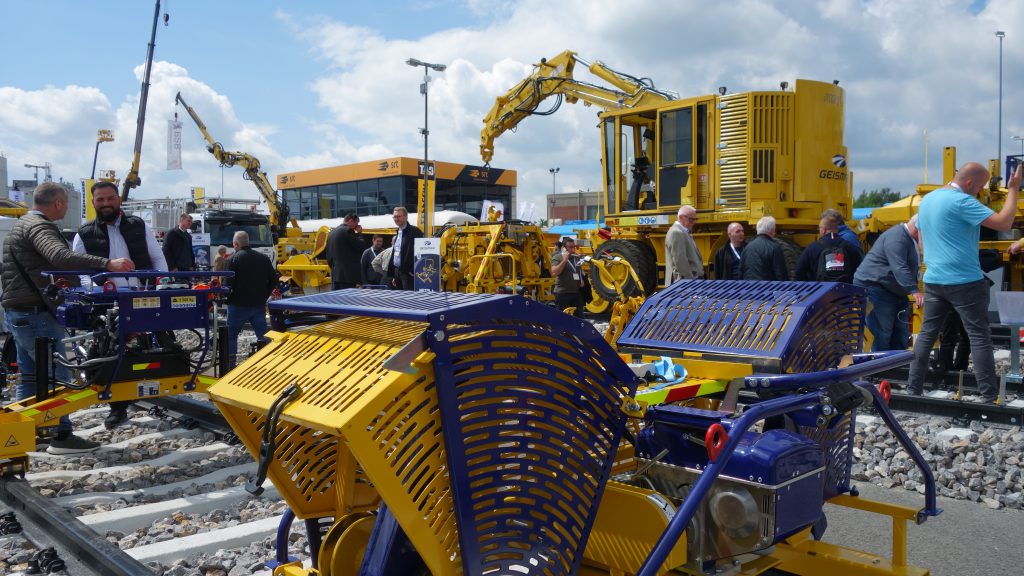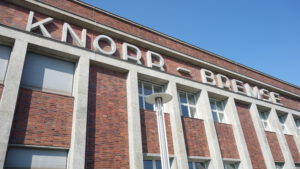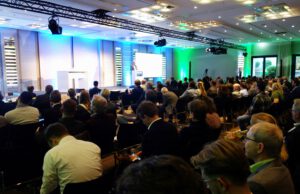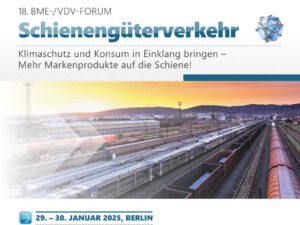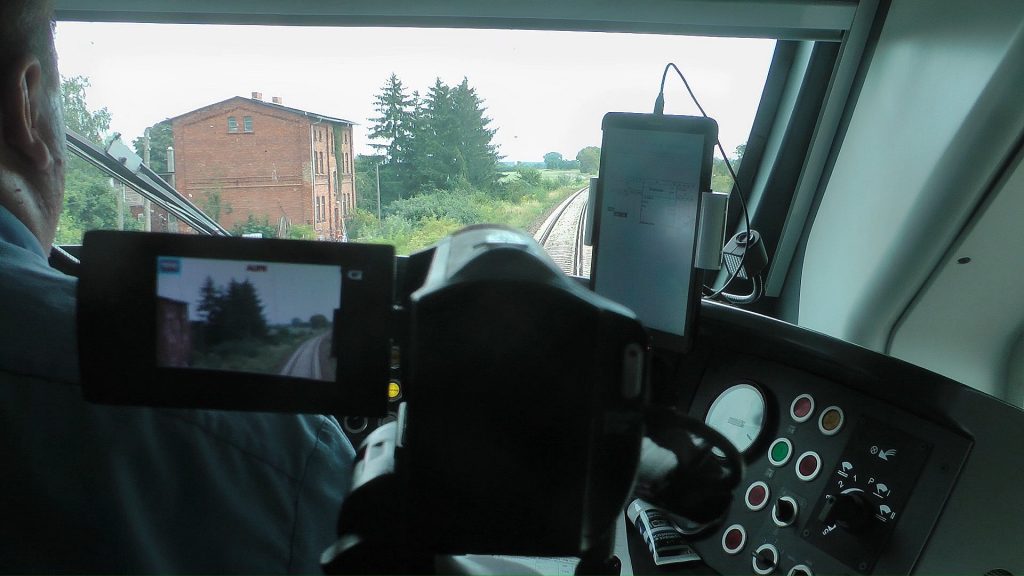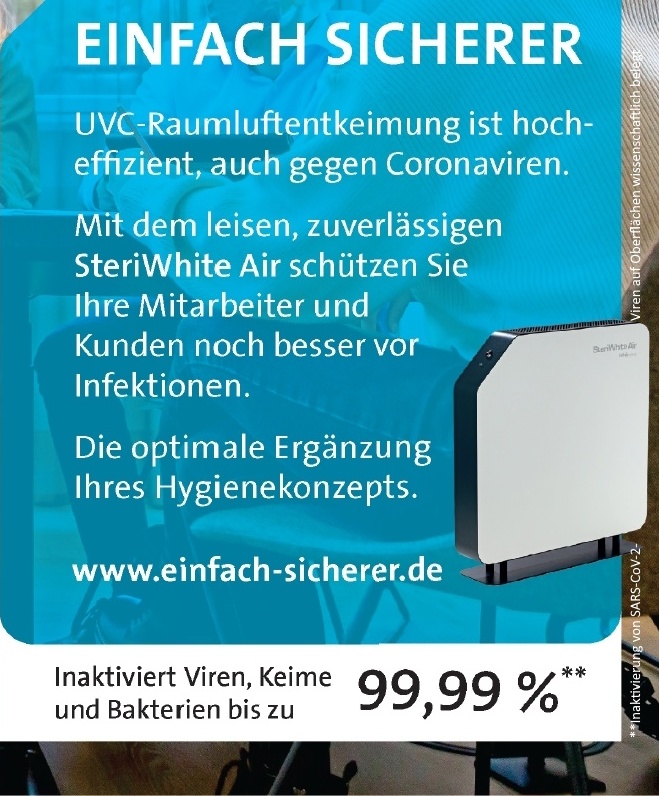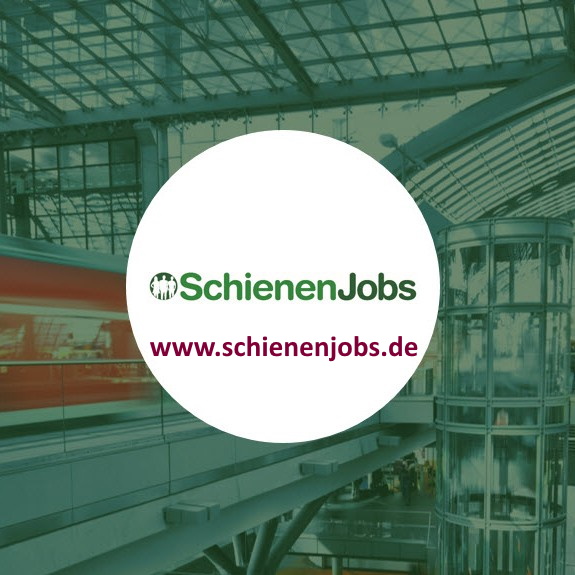The VDEI Service GmbH of the Association of German Railway Engineers (VDEI) is the organiser of the largest exhibition in the field of track technology and railway construction. Every four years, the iaf offers a representative overview of the industry on 15,000 m2 of hall space in the “Messe und Congress Centrum Halle Münsterland”, 6,000 m² of open space and more than 3,000 m of track at the Münster Ost station of the WLE railway company. Again this year, more than 140 international exhibitors are presenting new and innovative products and services to thousands of visitors from over 60 countries.
The fair started on May 31st and will end on June 2nd. The patron of the fair is the Federal Minister for Digital Affairs and Transport, Dr. Volker Wissing. Michael Theurer, Parliamentary State Secretary to the Federal Minister for Transport and Digital Affairs and Federal Government Commissioner for Rail Transport, sent a video message to the opening guests on his behalf. Of course, Münster’s Lord Mayor Markus Lewe was also enthusiastic about the popularity of the first iaf after the pandemic-enforced abstinence at trade fairs.
Guest country Poland
“One of the most important tasks of our newly elected board is to get young engineers interested in working in the railway industry!” Jacek Paś.

The SITK brings together engineers from all branches of the transport sector, but places a strong emphasis on the railway sector. That’s why he’s been working with the VDEI for years, and this promoted Poland to the status of a special guest country at the iaf. With this, the VDEI emphasized, the association is recognising the positive development of the Polish railway infrastructure and the planned modernization steps in the coming years.
Poland buys – also from Plasser & Theurer and Matisa
The major companies in the sector presented examples of the rail boom in Poland at the iaf. The leading Austrian company, Plasser & Theurer, lovingly attached a bouquet of flowers with the number 17,000.

Because the 17,000th machine of their production went to the north-east of Poland, to the construction company Gór-Tor. It was a Plassermatic 08-275 ZW. With its split-head tamping units, it is suitable both for track maintenance and for use in switch areas.
Despite all the standardization for the mostly similar application profiles and global orientation, there are also design differences, according to P & T. Because the machine intended for use in Poland has a slightly lower weight specification. It can be transported within the country without a special permit: “Procurement that brings competitive advantages is a response to the sharply increasing need for maintenance of urban networks in Poland.”

The Swiss company Matisa, on the other hand, exhibited a C 75 ballast cleaning machine for the Polish track construction company PNUIK. The company, based in Kraków, belongs to the PKP PLK group, Poland’s state infrastructure division. According to Matisa, the C 75 is a compact, high-performance machine whose short set-up times, even during short track possessions, allow it to be used with high propulsion. The high-performance machine control ensures excellent – without compromising safety, the clearance profile can also be fully utilized when threading in the machine.
The size of the machine enables a cleaning performance of around 750 m3/h and a performance of more than 1,000 m3/h when fully lifted. The compactness of the machine guarantees easy logistics, since the machine can be parked close to the construction site. The use of standard components simplifies the maintenance of the C 75 with reduced costs and maximum availability. The robust and versatile work tools ensure use that is optimally adapted to the conditions on the construction site.
A few days before the opening of the iaf, PNUIK published the receipt of a Universal Tamper S7 PLS 16 4.0-S machine from the Austrian newcomer System 7 Railtechnology GmbH. The purchase was based on a letter of intent concluded at the Polish railway fair TRAKO 2021. Sometimes they buy from newcomers, sometimes from proven old masters of the railway construction industry – Poland’s railway construction industry seems to study the offers of the industry very carefully.
Plasser Robel Services

Since the beginning of 2022, a new company has promised full service from a single source: Plasser Robel Services GmbH (PRS). The parent companies want to offer their customers synergies and expanded offers. To this end, Deutsche Plasser Bahnbaumaschinen GmbH and the Robel Business Unit Service and Customer Service (S&K) were merged. The previous managing director of Deutsche Plasser and head of S&K Karl Oberreiter took over the management of the company with a total of 250 employees at the three locations in Munich, Opladen and Freilassing.
“For the Plasser & Theurer brand, we offer our service portfolio for the markets of Germany, Switzerland and the Netherlands, for the Robel brand worldwide,” CEO Oberreiter explained to CARGO-MANAGER journal. A bogie fully overhauled by PRS was exhibited at the iaf as an example of the performance of the new unit. Since June 2022, the new company has also been able to score with a bogie test stand. Standard-compliant tests according to DIN 25043-7 are possible there.
Robel accompanied the handover of a new type of rail milling machine to Plasser American with a hearty Bavarian brass music concert. The music band was made up of employees from the Robel site in Freilassing – apparently the railway experts there also have unimagined artistic powers!

The vehicle design, drive and milling technologies of the Romill CMS3e were developed by Schweerbau specifically for subway maintenance; another partner in the development was Vogel & Plötscher.
The three-part rail processing system is designed for very small gauges, such as that of the London Underground, and can therefore be used in almost all North American tunnels. The hybrid drive is a combination of battery storage and range extender via a diesel engine with reduced emissions. It enables emission-free rail processing. The three units of the Romill CMS3e are equipped with a new, purely electric milling technology, which for the first time also allows the processing of tracks with poor track geometry quality. The reprofiling of the rail is dust and spark-free with full recycling of the chips. A high-speed polishing process is also used to create a noise-optimized rail running surface.
Thomas Blechinger, President of Plasser American: “With the high-performance milling technology of the CMS3e, we will be able to offer our customers battery-powered, emission-free rail processing for transit and underground trains as early as next year. In doing so, we are literally paving the way for economical, safe and at the same time environmentally friendly infrastructure maintenance in North America.”
Hermann Schmidtendorf, Editor-in-Chief


